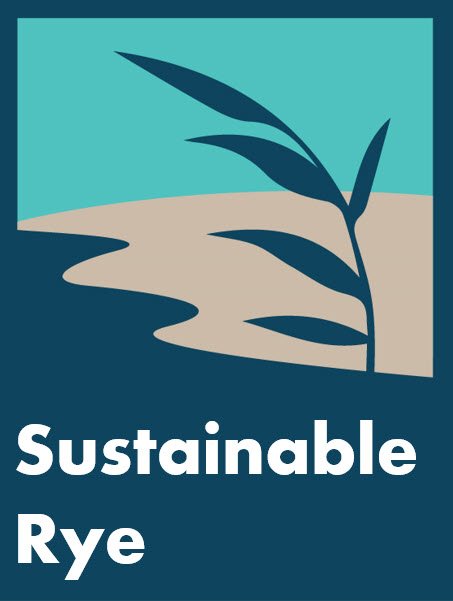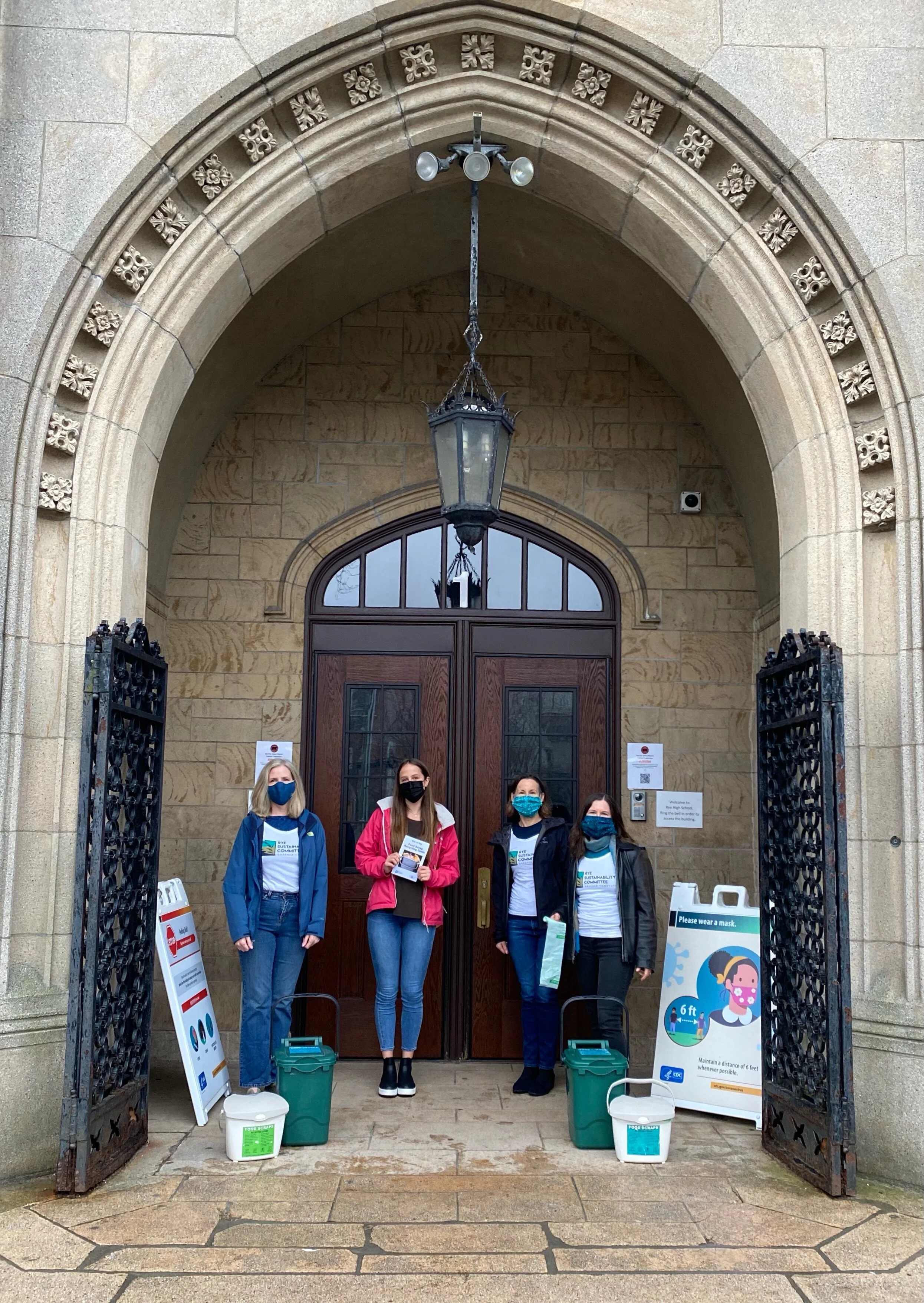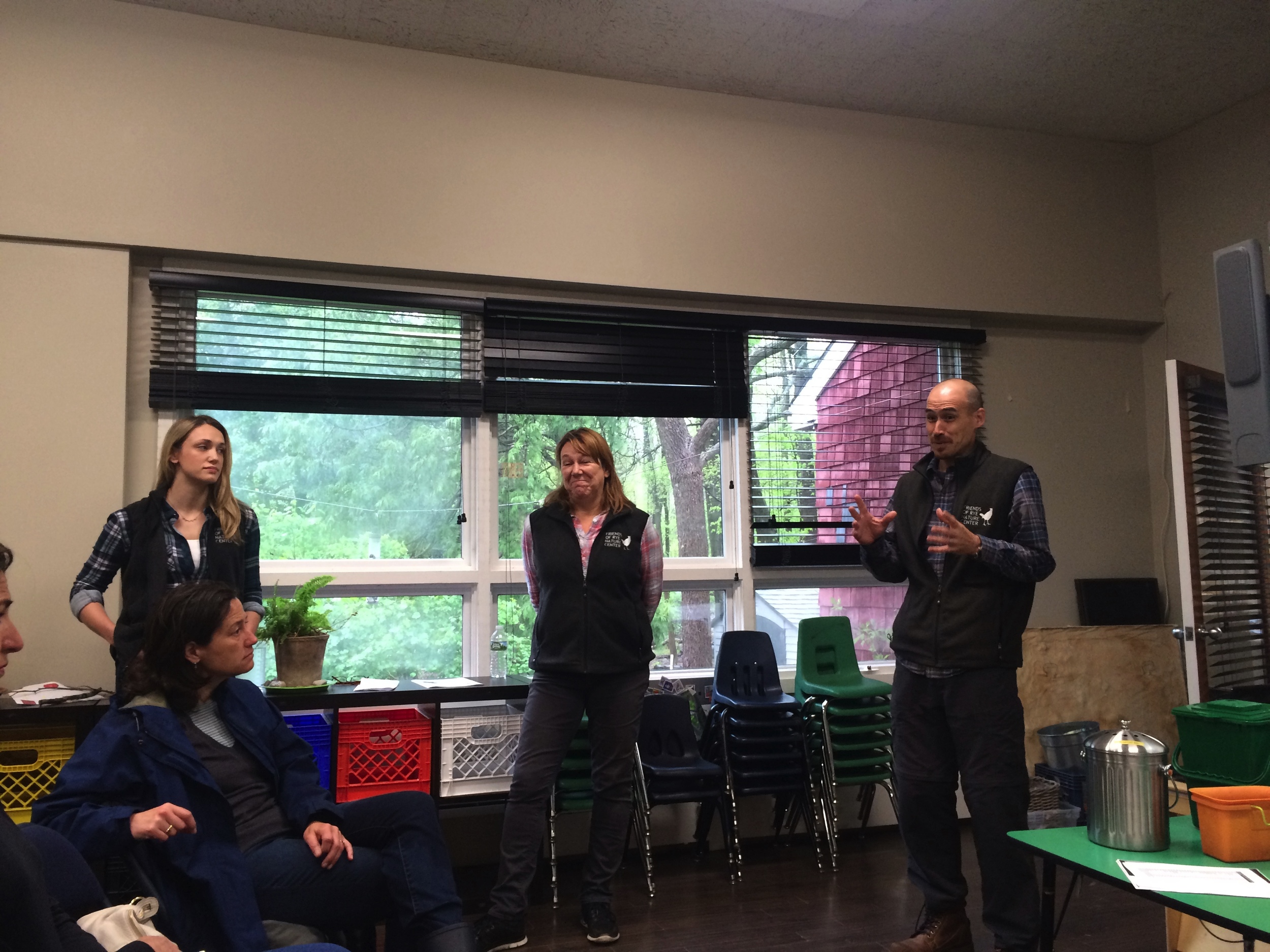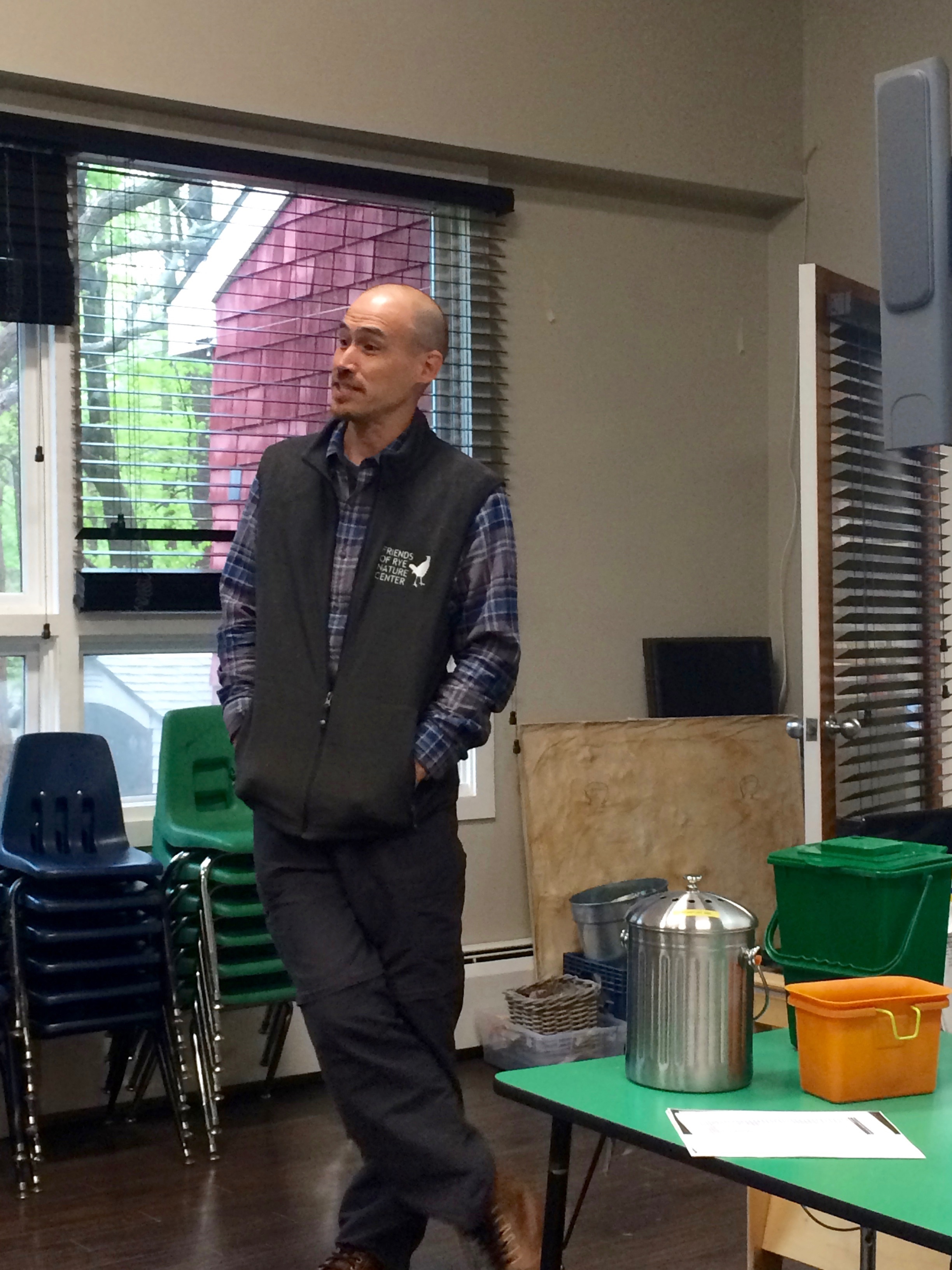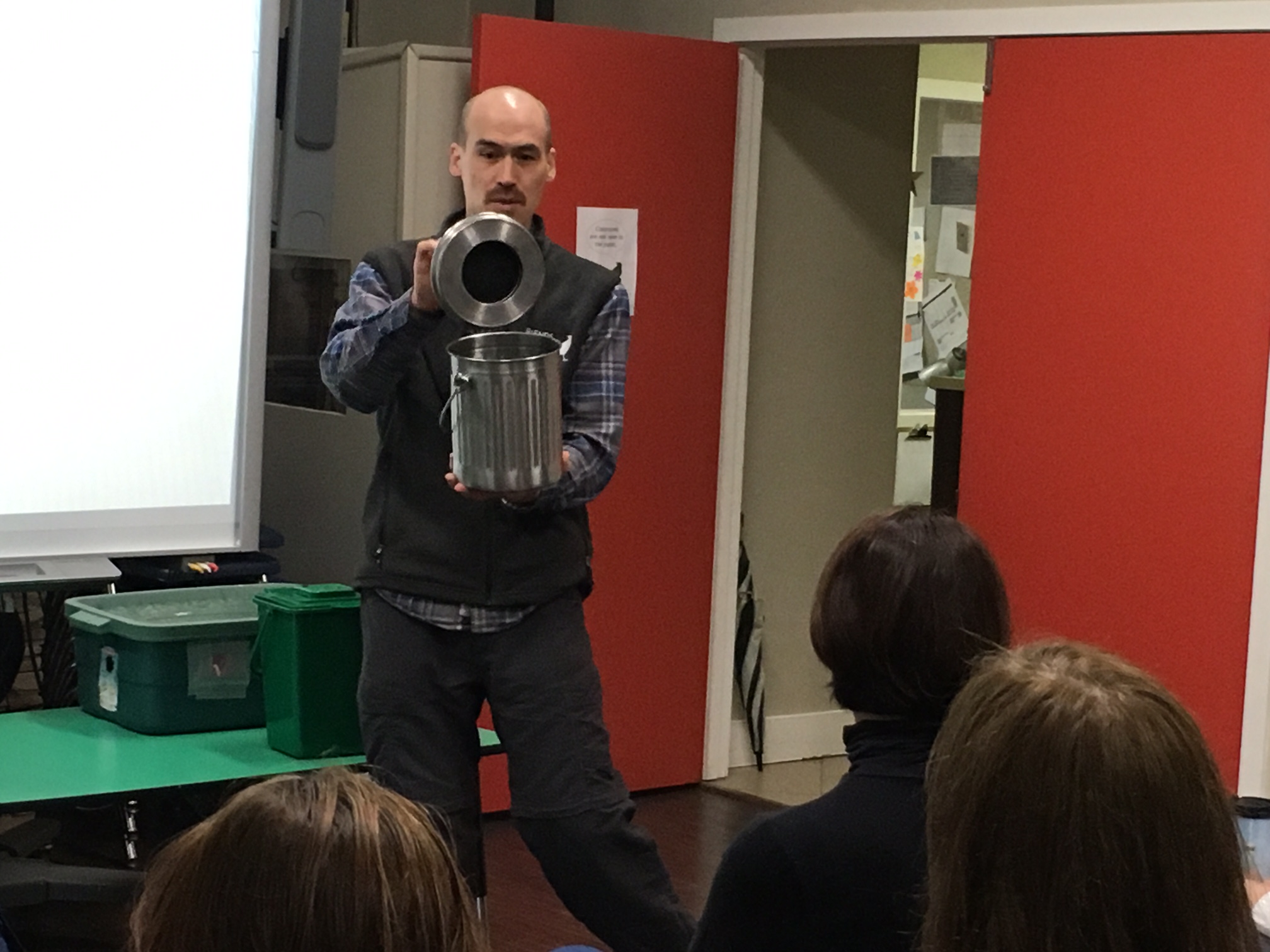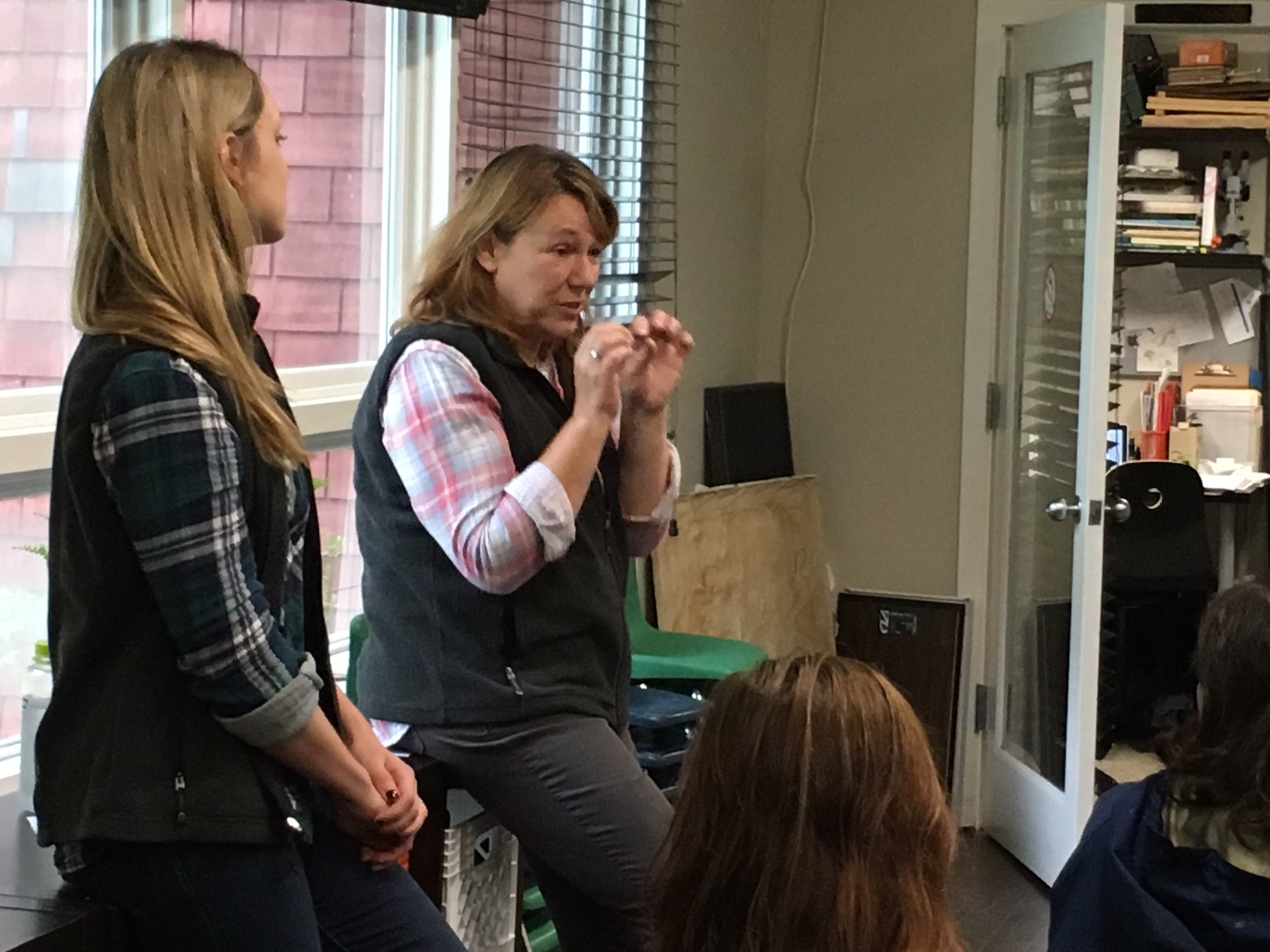Sustainability in Our Community
Rye resident Sonja Bartlett has lived with her family in Rye for over sixteen years. A professional photographer who has an eye for capturing the beauty of her surroundings, Sonja is first and foremost a mother who cares deeply about the safety and health of her children and numerous pets. Sonja shares shares her experience with transforming her stunning 4-acre home into a pesticide-free environment. With the help of landscaper, Cosimo Ferraro, the Bartletts discovered not only how effortless the change could be, but how their yard transformed into an even more beautiful outdoor living space.
This is the first of an ongoing series covering Sustainability in Our Community. We hope you enjoy and learn from your fellow Rye residents!
Making the Switch to a Healthy Yard
By Sonja Bartlett
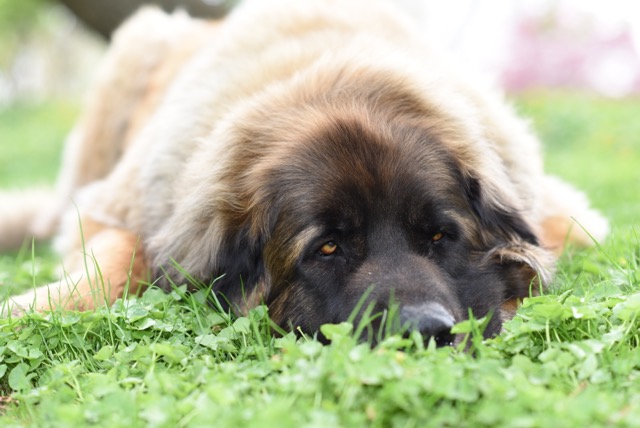
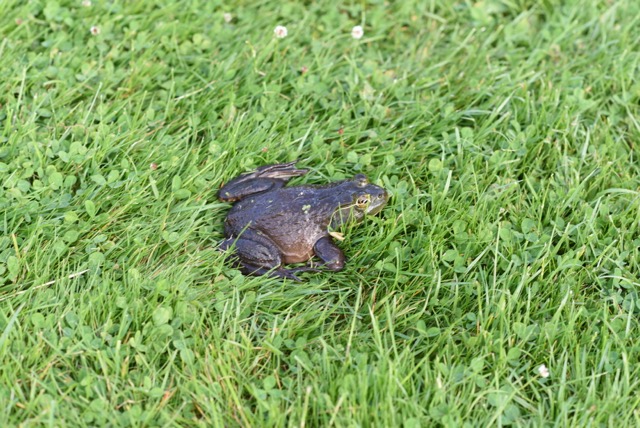
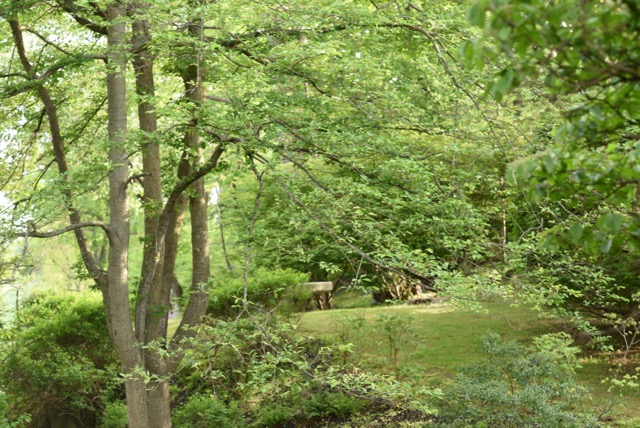
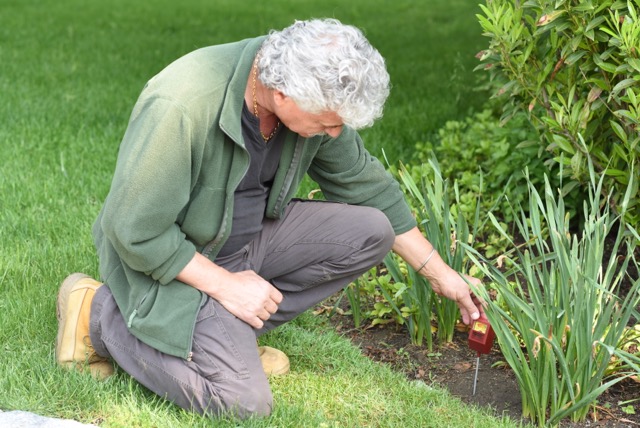
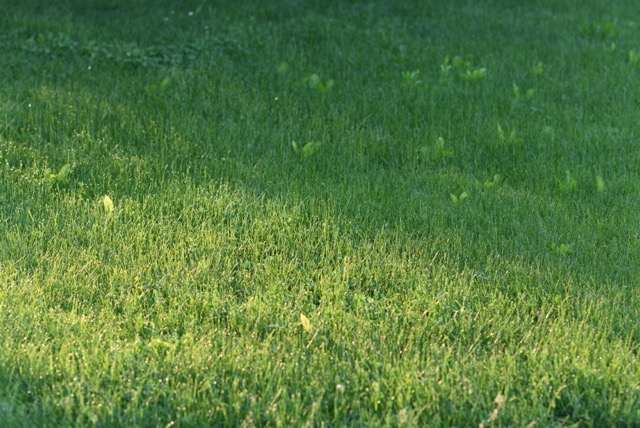
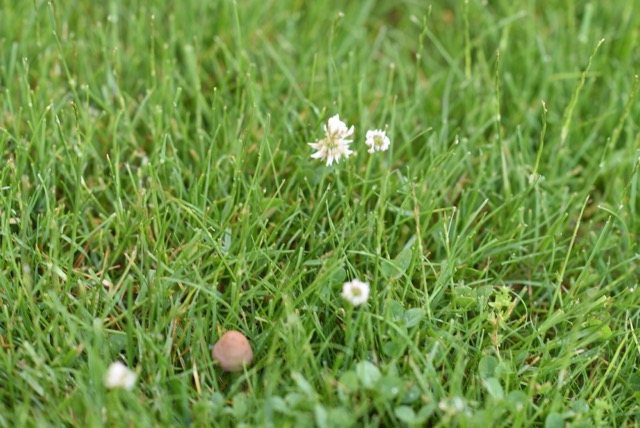
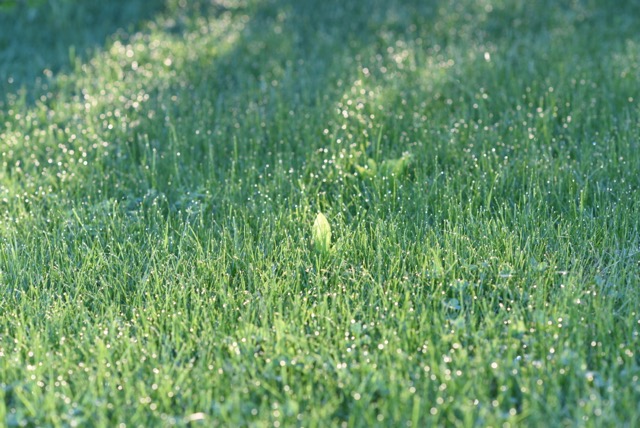
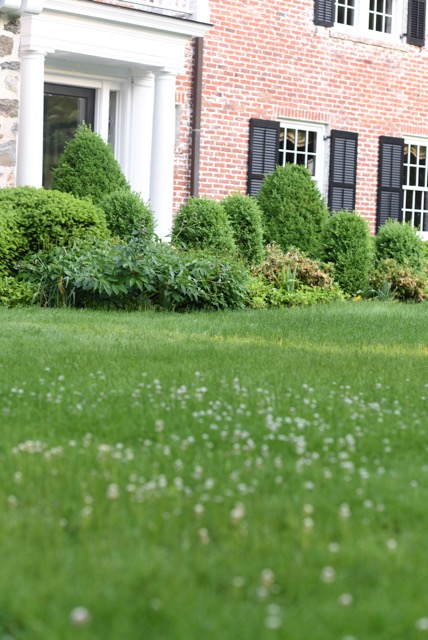
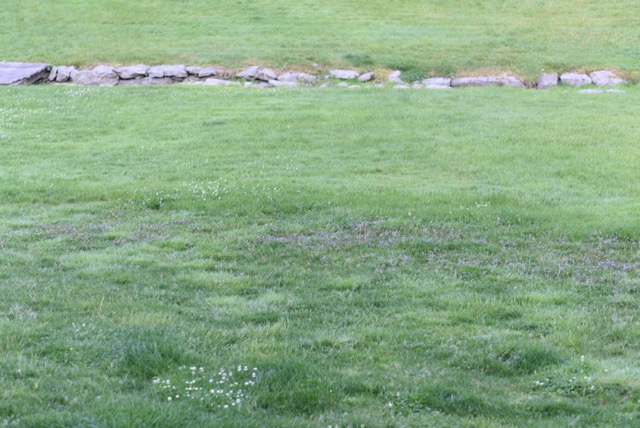
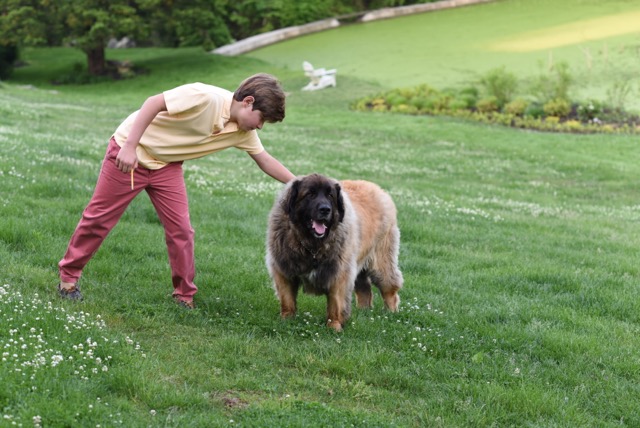
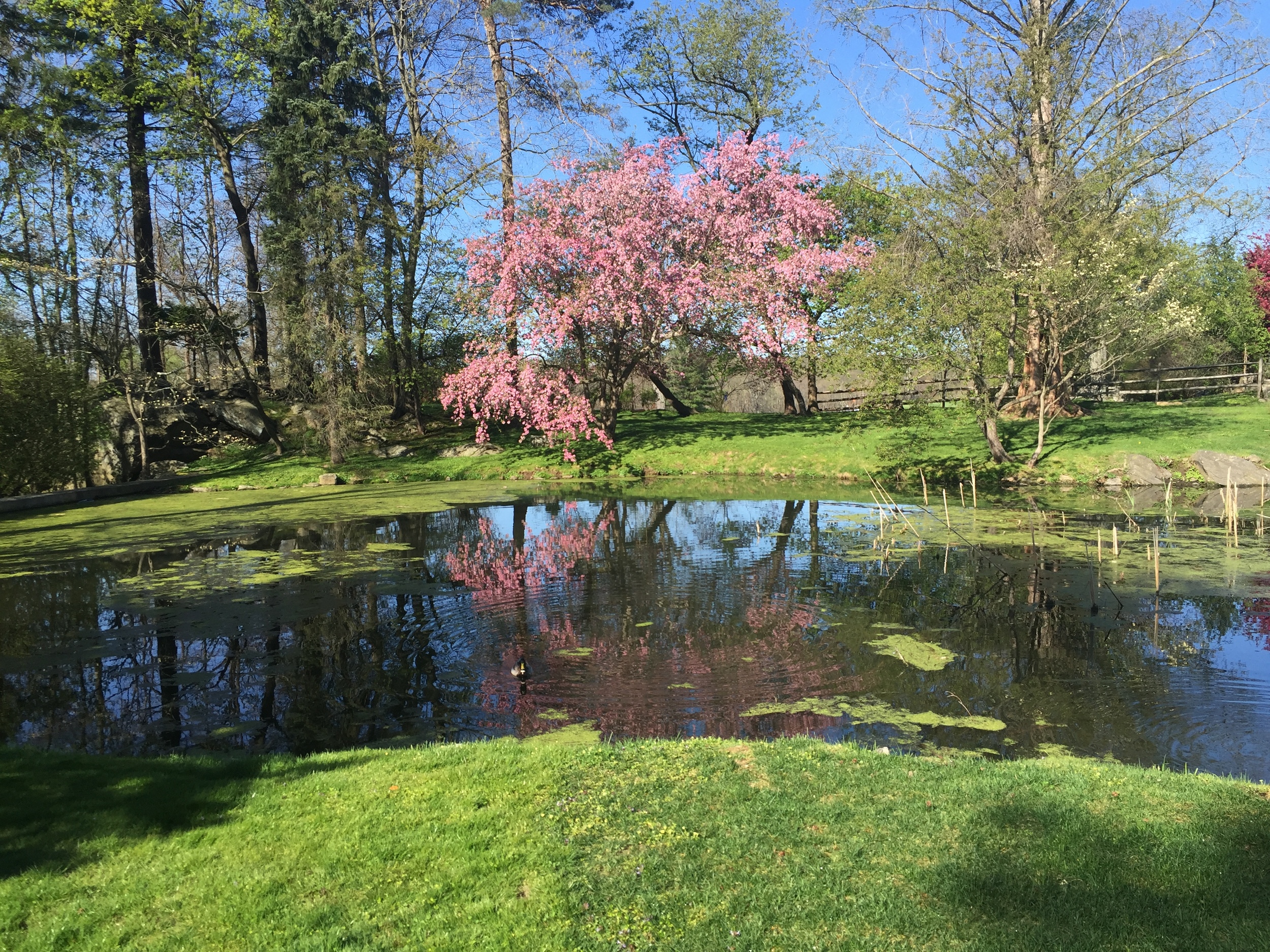
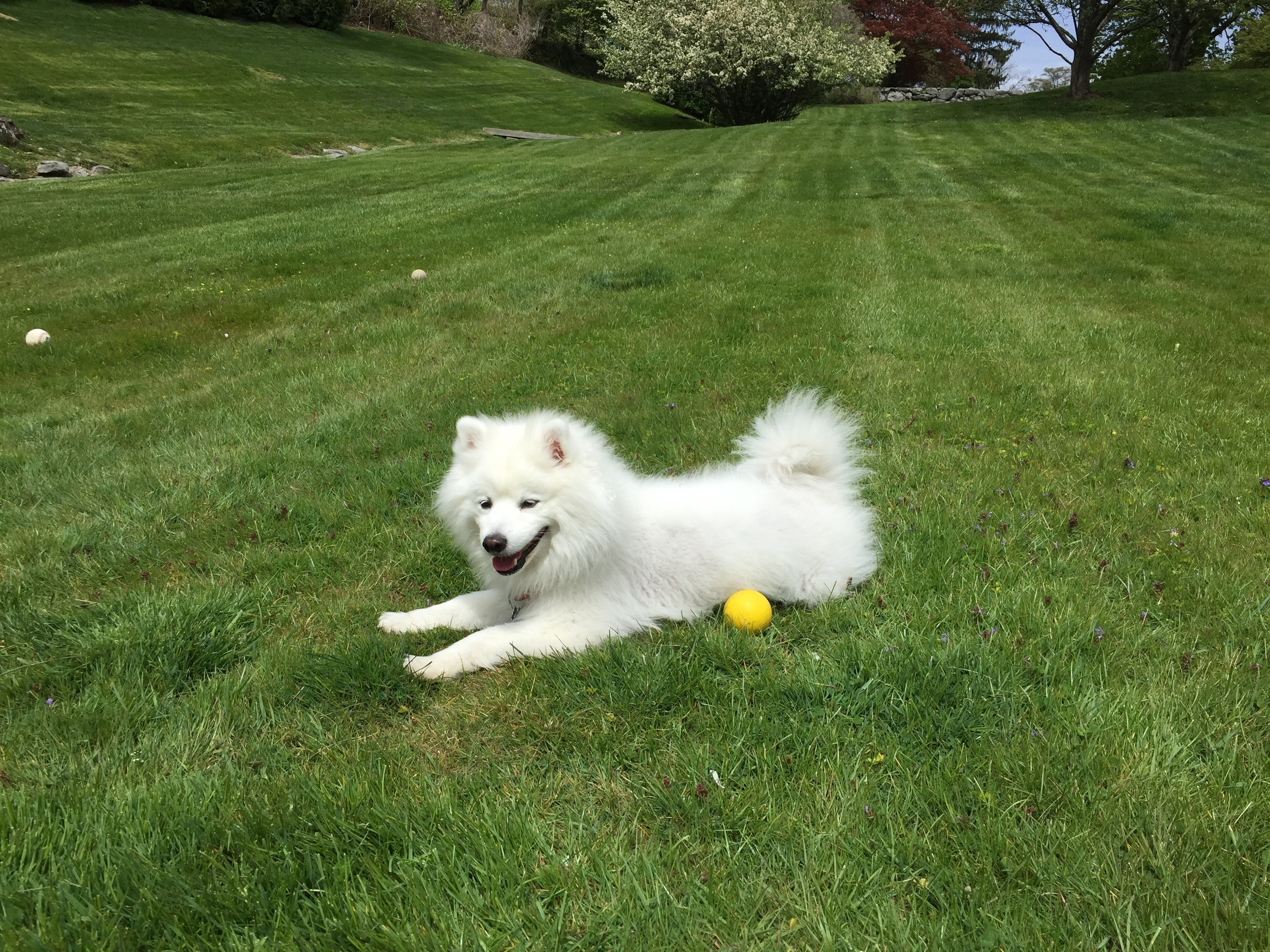


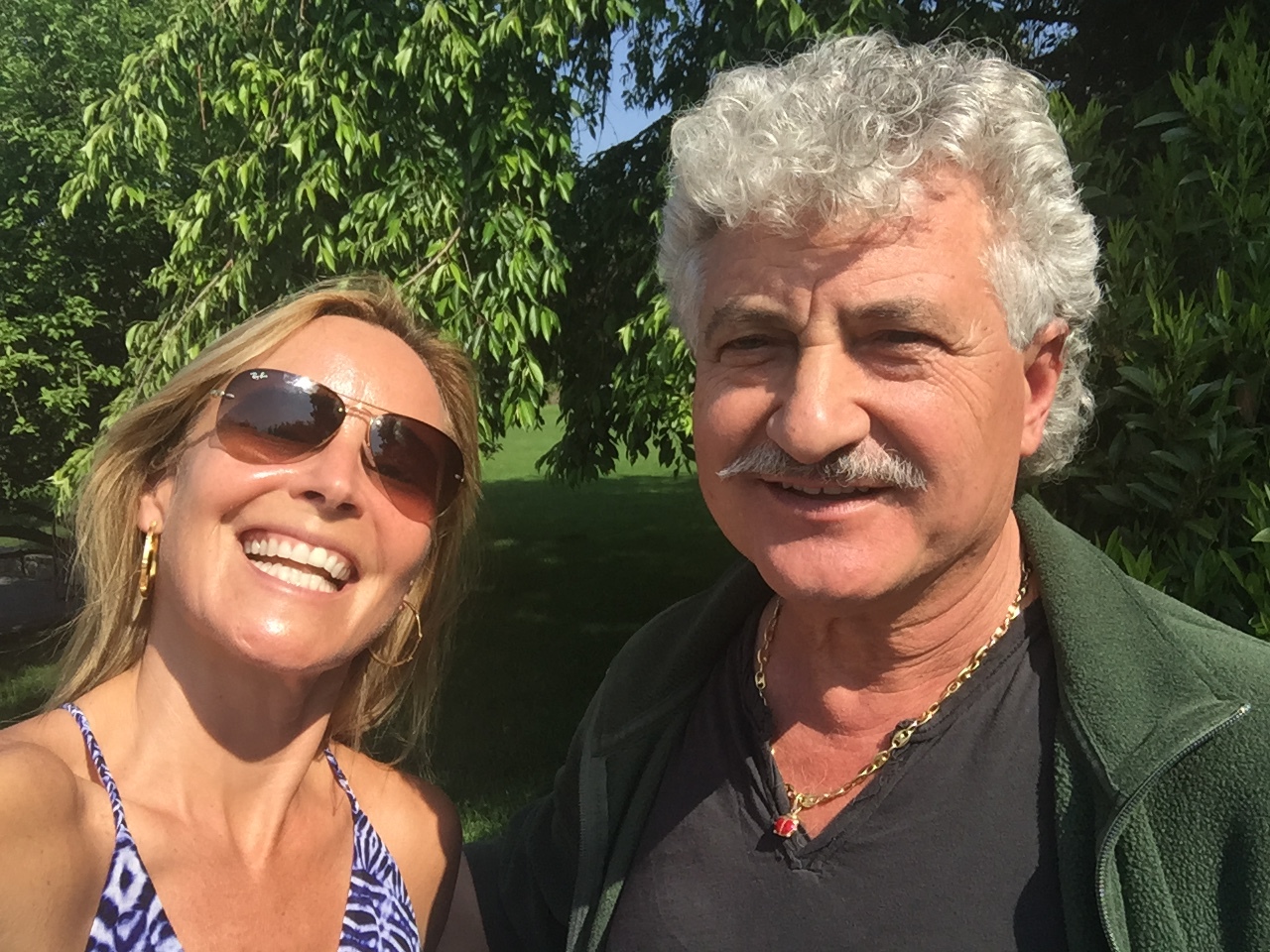
This is not the yellow we want in our yard!
It started with those little yellow signs that pop up all over town every spring like dandelions. You know the ones that read: “PESTICIDE APPLICATION - DO NOT ENTER” and “DO NOT REMOVE SIGN FOR 24 HOURS.”
As I ran past these tiny, yellow dire warnings all around my neighborhood, it got me thinking. What product is so dangerous that my kids and dogs can’t go on my grass for 24 hours? And where do these toxins actually go after a day? Our air? Our groundwater? Do we really need these chemicals to have a beautiful yard?
Well, this was 2003 and the word “organic” was not exactly part of our daily conversation. So I called my landscaper, Cosimo Ferraro to see what he thought. Cosimo had been working on our yard since 1975, when he first moved here from Italy. He said not to worry. Going organic was easy.
“It’s the way we’ve been taking care of the land for centuries back in Italy.”
I would be his very first organic yard customer. Exciting.
Thirteen years later, I decided it would be fun to check in with Cosimo again. He now has 20 clients who want organic landscaping, but it’s still only about 20 percent of his work.
“This is the business that I am in. People tell me they want a green carpet. I tell them, carpets are for inside the house,” jokes Cosimo, shaking his head.
You do have to start with your definition of beautiful. We have been conditioned to want that proverbial green carpet golf course look, for sure. But let’s reset that definition of beautiful to mean natural looking. In our organic yard we have yellow, purple and white wildflowers, wild raspberries, mushrooms and even tiny scallions, which my kids love to dig up and eat. By skipping pesticides and chemical fertilizers, you get gorgeous, tasty diversity in your grass.
Instead of using herbicides for weeds, you have to aerate the lawn aggressively in spring. My kids say that the bits of soil that are left behind after aerating look like goose poops. Cosimo then seeds aggressively as well, so that new grass will grow in the turned up soil and squeeze out the weeds. Next he checks the Ph balance of the soil and decides if we need to add lime to balance it. Then he uses organic compost as fertilizer.
When it’s time to mow, he never cuts shorter than two inches. Many folks want that very short grass like a golf course. Longer grass uses less water and creates shade for the blades, which keeps weeds down, naturally. The clippings go right back onto the lawn, which works much better when you have longer grass. The clippings are your next natural fertilizer.
My gardner Cosimo is himself in a bind like many of us. As a professional landscaper, his own yard is his calling card. He admits to me that he still uses the occasional chemical in the front for that “perfect look.” But in the back, where his young grandson plays and he grows vegetables, he says there’s no debate. All organic.
Just something to think about the next time you take a walk through your neighborhood. Are you seeing lots of yellow? Let’s hope those bursts of yellow are dandelions and those scary little warning signs begin to disappear.
Visit our Rye Healthy Yard and Resources Section to learn more. And ...
Take the RHYP Pledge!
